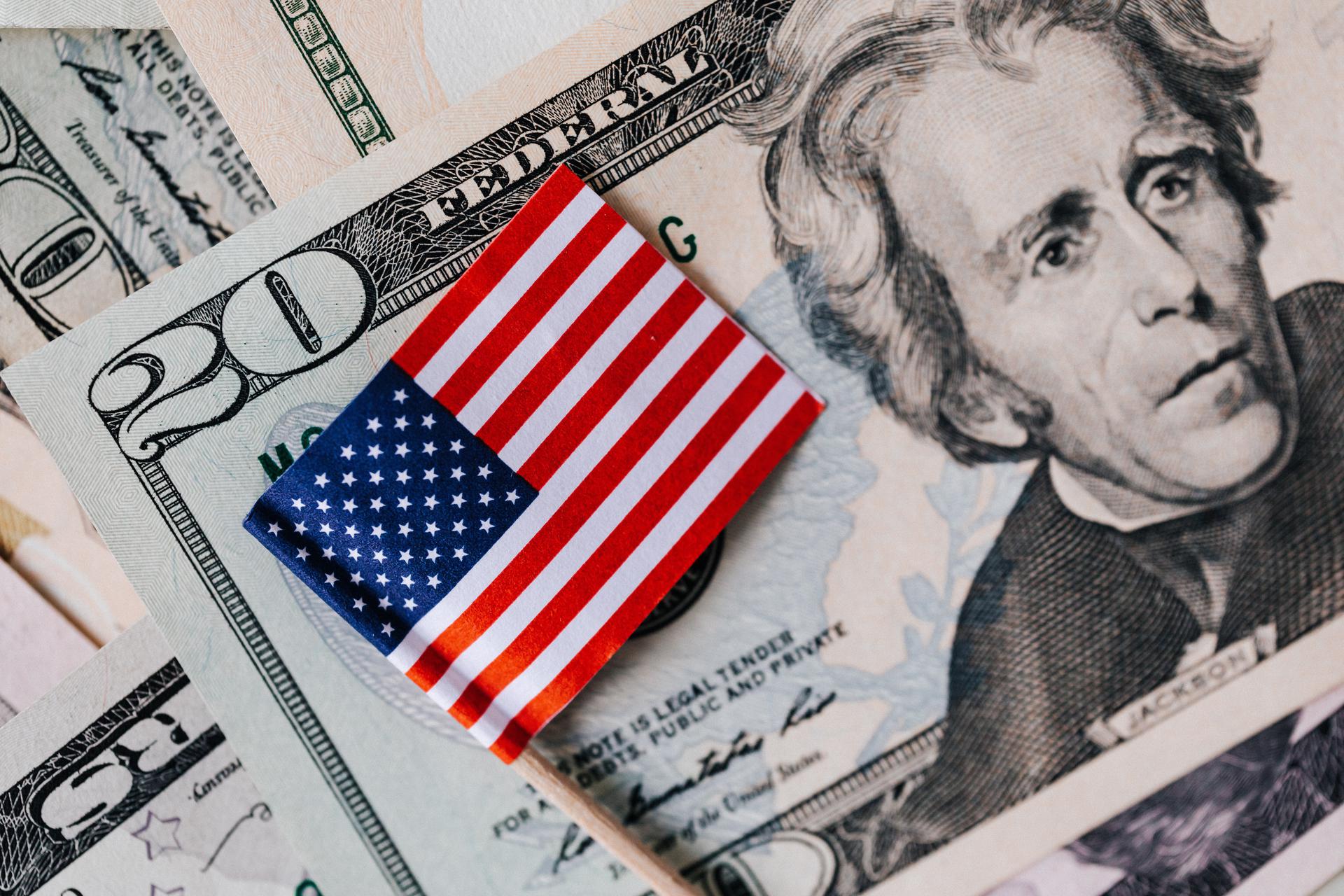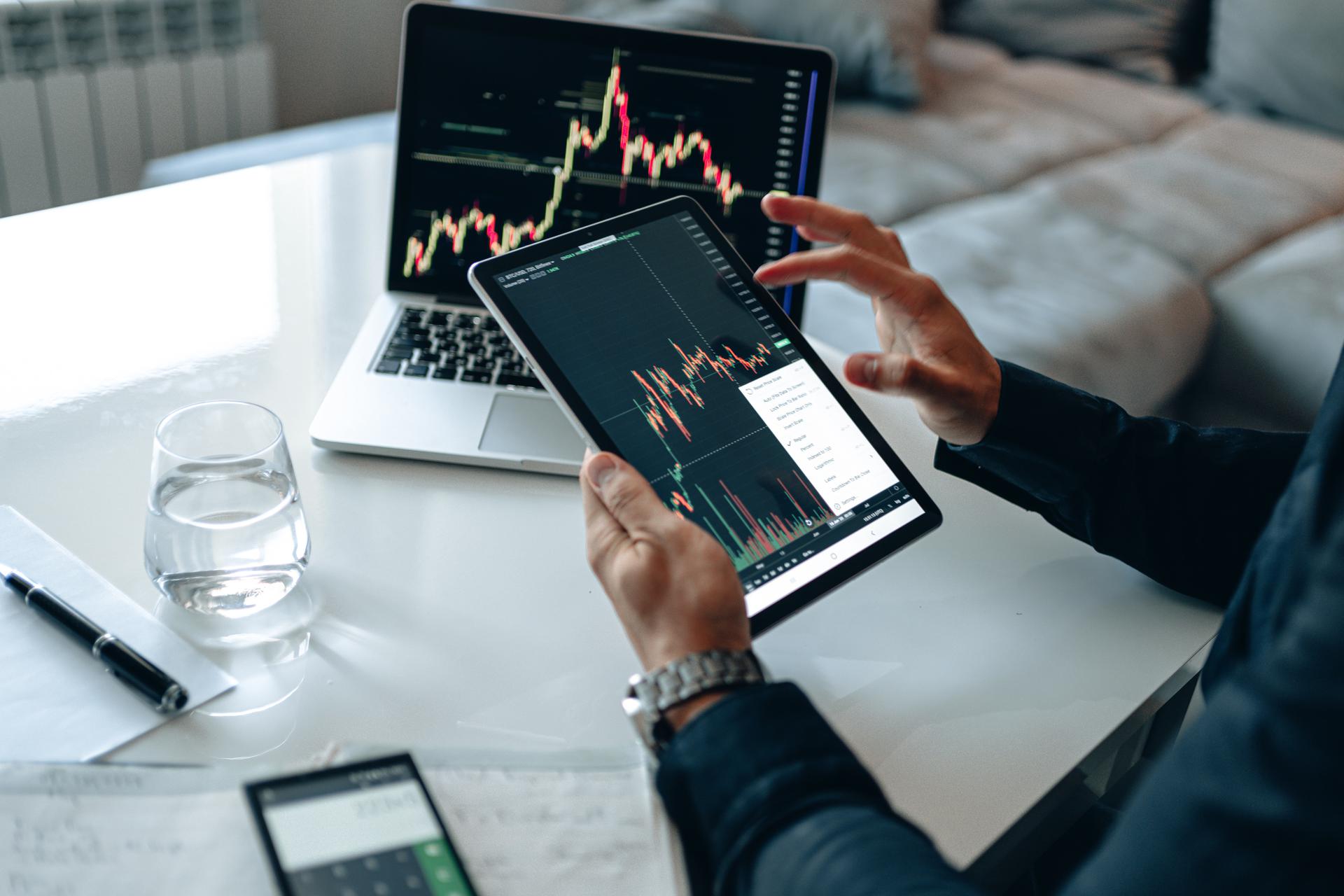|
Is the US worth investing into right now? 8 June 2021 
Positive vibes According to International Monetary Fund’s GDP growth forecast in April, United States (US) GDP growth is expected to notch 6.4% in 2021, significantly higher than its January forecast of 5.1%. The estimates mean that US GDP will surpass pre-pandemic levels this year and make the US the only large economy to surpass pre-pandemic output levels next year.1
Singing similarly positive tunes, Oxford Economics reckons that the US economy is in the early stages of a mini boom, fuelled by vaccines, generous fiscal stimulus, and improving consumer and business confidence.2 While economists are optimistic about future growth, employers are facing hiring challenges as well as supply chain disruptions and higher costs3. And the positive inclinations come at a time where other economists are sounding the alarms on the possibility of US GDP growth peaking2 and with a market concerned about inflation data.
Seemingly under control On the coronavirus front, there is growing optimism in the US, where COVID-19 cases, deaths and hospitalizations have fallen fast since the vaccine program kicked into high gear4. As of this writing, half of the adults, more than 129 million people over the age of 18, and 74% of those aged 65 and above, are now fully vaccinated in the US.5
The vaccination milestones come as social distancing and mask requirements for those fully vaccinated were relaxed in the US, paving the way for a quicker economic reopening.
The Fed US’ central bank, the Federal Reserve (the Fed), has been busy battling market nerves on rising US inflation data. A key gauge of prices targeted by the Fed had risen 3.6% from a year earlier (see chart below), flaming fears that the Fed could unwind its accommodative measures sooner than expected. Thus far, Federal Reserve Chair Jerome Powell has reiterated his belief that inflationary pressures this year will be "transitory", largely reflecting base effects as this year's data lap last year's pandemic-depressed levels. Fed officials have also repeatedly assured that they will not raise interest rates or pull back on monthly bond purchases until inflation averages around 2% over an extended period.6
Tools in the tool-shed As asset purchases can be gradually adjusted as necessary, it remains the Fed’s most flexible tool. Raising interest rates, on the other hand, is a much more significant decision that can upset market sentiments and expectations.
According to US investment strategist at Allianz Global Investors, Mona Mahajan, tapering asset purchases could prompt a rise in 10-year Treasury yields, potentially putting pressure on “anything that’s considered longer duration,” including technology and discretionary stocks.4
Presidential focus President Biden has proposed a $6 trillion budget for fiscal year 2022, serving up a blueprint of the administration’s intended economic priorities. Biden intends to fund the agenda by raising taxes on corporations and the ultra-wealthy, with expectations that consumer prices (inflation) would not rise faster than 2.3% per year and that the Fed would slowly raise rates from their current rock-bottom levels.
The proposed budget’s focus on infrastructure improvement, education and fighting climate change suggests opportunities within related sectors. The infrastructure piece entails work on physical infrastructure like roads, bridges, broadband internet and EV charging stations, while education spending will flow towards social programs fondly termed as “human infrastructure”.7
President Biden also signed an executive order urging his administration to undertake a comprehensive strategy on climate-related financial risk, focusing on how to measure, assess, mitigate and disclose the potential harms wrought by climate change.8 Even under the administration of ex-President Trump, a vocal critic against climate change, the climate tech space has attracted more than $15 billion of investment globally over the past few years. Biden’s rejoining of the Paris climate agreement and latest budget proposals are telling of his intentions on fighting climate change and could mean more opportunities within the climate tech market and green or renewable energy space going forward.
The takeaway Is the US markets poised for growth? Will inflation sustainably overshoot expectations and cause the Fed to raise interest rates in response, upending market expectations? These are difficult questions to answer, and getting it right is akin to amateur darters scoring the bullseye.
But there are areas of focus that the government has set its eyes on that could bring tailwinds to industries in the relevant space. With an economic reopening seemingly smoothly underway (for now), we hark back to our mantra - that “time in the market is better than timing the market”. After all, the US is, and still remains the largest economy in the world!
Select “US” under the Region filter with our Fund Finder to find funds investing into the US market, and gain exposure with as little as $100/month with a Regular Savings Plan now!
Want free investment insights to your inbox? Sign up now!
YOU MAY ALSO LIKE THIS
|
To continue to serve you better, our system will be undergoing maintenance between 10 PM to 11:59 PM on 25 Apr 2024. During this period, you will not be able to access your dollarDEX account. We apologise for any inconvenience caused.




